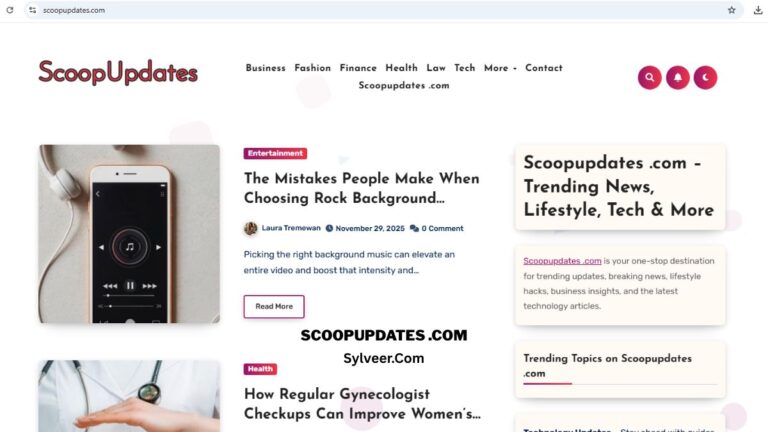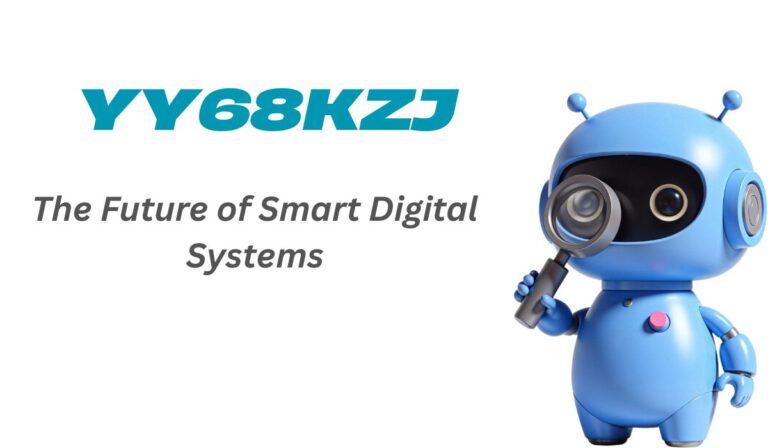
Software development has become one of the most competitive fields in the digital era, and companies can’t afford to release unreliable products. This is where testing comes in. If you’ve ever asked, “what is testing in Zillexit software?”, you’re essentially exploring how this platform ensures its applications are error-free, secure, and optimized for real-world use. Testing isn’t just a final step before launch—it’s a continuous process that safeguards quality, performance, and user satisfaction.
In this article, we’ll dive deep into the concept of testing in Zillexit software: what it means, why it’s important, the different testing methods used, and how it impacts the overall reliability of digital products.
Understanding the Basics: What Is Testing in Zillexit Software?
At its core, testing in Zillexit software refers to the process of evaluating the system or its components to check whether they meet the specified requirements. Simply put, it’s about making sure the software works as intended.
This involves identifying bugs, performance bottlenecks, and security loopholes before the product is released to end-users. In Zillexit’s development cycle, testing is not just about “fixing errors”—it’s about building trust. With so many businesses depending on Zillexit-powered solutions, even a small glitch can result in downtime, financial losses, or negative customer experiences.
Why Is Testing Important in Zillexit Software?
Software testing is often underestimated, but its importance can’t be overstated. Here’s why Zillexit emphasizes rigorous testing:
- User Trust and Experience: Studies show that 88% of users abandon apps after encountering repeated bugs or crashes. Testing helps prevent this.
- Security Assurance: With rising cyberattacks, testing ensures vulnerabilities are identified before hackers exploit them.
- Cost Efficiency: Fixing a bug after deployment can cost 5x to 10x more than addressing it during the testing phase.
- Compliance and Standards: Many industries require software to meet specific security and quality standards, which testing verifies.
Zillexit’s approach to testing is proactive rather than reactive, meaning potential issues are anticipated and resolved before they become major problems.
Types of Testing in Zillexit Software
Testing isn’t a single-step process—it involves multiple layers, each focusing on different aspects of the application.
1. Functional Testing
This checks if every function of the software behaves according to requirements. For example, if Zillexit software has a payment gateway, functional testing ensures payments are processed accurately without glitches.
2. Performance Testing
Performance testing evaluates how Zillexit software handles high traffic, large datasets, or heavy workloads. Imagine thousands of users logging in simultaneously—performance testing ensures the system won’t crash under pressure.
3. Security Testing
One of the most critical areas, especially in today’s cybersecurity landscape. Security testing checks for vulnerabilities like weak authentication, data leaks, or unauthorized access attempts. Zillexit software uses penetration testing to mimic real-world attacks.
4. Usability Testing
This focuses on user-friendliness. Can a new user easily navigate the software? Are the features intuitive? Usability testing ensures Zillexit applications are designed with real-world users in mind.
5. Regression Testing
When new updates or features are added, regression testing ensures older features still work correctly. For example, if Zillexit updates its dashboard, regression testing checks that existing reporting tools remain functional.
6. Automation Testing
Zillexit leverages automated testing tools to speed up repetitive tasks like running multiple test cases. Automation reduces human error and accelerates delivery timelines.
How Testing Works in the Zillexit Software Lifecycle
Testing in Zillexit software isn’t an afterthought; it’s built into every phase of the development lifecycle. Here’s how it works:
- Requirement Analysis: Testers understand what the software is supposed to do.
- Test Planning: A detailed roadmap of what will be tested, tools to be used, and expected outcomes.
- Test Case Development: Creating step-by-step scenarios to check each feature.
- Test Execution: Running the tests and recording results.
- Defect Reporting: Logging bugs and assigning them to developers for fixes.
- Re-testing and Regression: Confirming that fixes work and nothing else is broken.
- Final Validation: Ensuring the software is market-ready.
This structured workflow reduces risks, ensures compliance, and improves the overall quality of Zillexit’s software products.
Real-World Example: Testing in Action
Consider a company using Zillexit software to manage its e-commerce operations. Without proper testing, the checkout system might crash during a holiday sale, resulting in lost revenue and angry customers.
However, by applying functional testing, performance stress tests, and regression checks, Zillexit ensures the software can handle thousands of simultaneous transactions, protect sensitive customer data, and maintain uptime during peak seasons.
This real-world reliability is exactly why testing plays such a vital role.
Expert Insight: Testing Is an Investment, Not a Cost
Industry experts often highlight that testing should be seen as an investment rather than an expense. For Zillexit, the benefits of testing extend far beyond fixing bugs:
- Brand Reputation: A flawless user experience strengthens Zillexit’s credibility.
- Customer Retention: Reliable software keeps clients loyal and satisfied.
- Market Advantage: By releasing well-tested products, Zillexit gains a competitive edge.
Challenges in Testing Zillexit Software
Even though testing brings enormous benefits, it isn’t without challenges:
- Keeping up with fast-changing technology stacks.
- Balancing speed of release with thorough testing.
- Handling complex integrations with third-party tools.
- Managing large volumes of test data securely.
Despite these challenges, Zillexit continues to refine its testing strategies using automation, cloud testing environments, and AI-powered test analysis.
Conclusion
So, what is testing in Zillexit software? It’s the systematic process of ensuring applications are functional, secure, and user-friendly before they reach customers. By combining functional, performance, security, and usability testing, Zillexit guarantees that its products meet the highest standards of quality.
In today’s digital-first world, testing isn’t just about spotting bugs—it’s about delivering confidence, trust, and seamless experiences. Companies relying on Zillexit software can be assured that behind every feature lies a rigorous testing process designed to protect performance and reliability.
FAQs About Testing in Zillexit Software
1. What is testing in Zillexit software in simple terms?
It’s the process of checking if the software works correctly, is safe from security threats, and provides a smooth user experience before it’s released.
2. Why is software testing important for Zillexit users?
Testing helps catch bugs early, ensures data security, and delivers a reliable experience, saving businesses time and money in the long run.
3. How does Zillexit test its software for performance?
By simulating real-world scenarios like heavy traffic, large datasets, and multiple user logins, Zillexit ensures the software performs under stress.
4. Does Zillexit use automated testing?
Yes, automation is a key part of Zillexit’s testing strategy. It helps speed up repetitive test cases and reduces human error.
5. What happens if software isn’t tested properly?
Poorly tested software can crash, expose security vulnerabilities, and lead to a negative user experience, harming both the company and its customers.
6. Is testing in Zillexit software ongoing after release?
Absolutely. Even after deployment, regression and security testing are performed regularly to keep the software reliable and up to date.
7. Can testing in Zillexit software improve customer trust?
Yes, thorough testing ensures the product is stable and secure, which directly builds customer confidence and loyalty.




